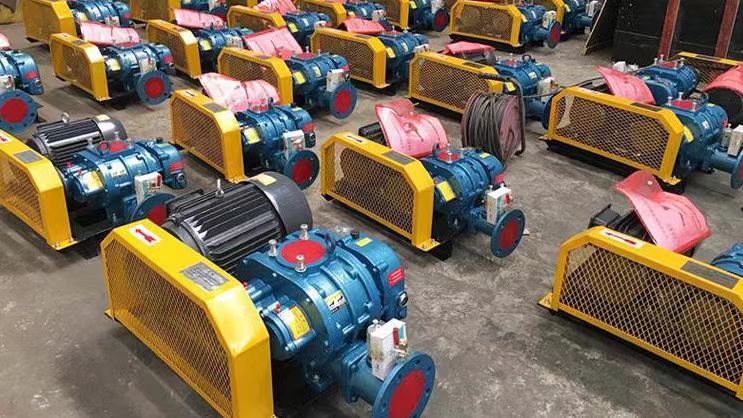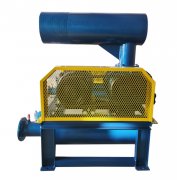Roots blower selection table: a complete guide from confusion to clarity
Dear friend, I know you are troubled by the selection of Roots blower. Faced with complex operating parameters and a wide variety of models, many people feel at a loss. Don't worry, today we will sort out the key points of Roots blower selection together, making it easy for you to solve this problem!
Common pain points before selection
1 * * Too many parameters to understand * *: air volume, pressure, power, speed These professional terms are dazzling
2 * * Difficulty in matching operating conditions * *: Not knowing what kind of fan parameters correspond to one's actual needs
3 * * Model Comparison Confusion * *: Different manufacturers have different naming conventions for models, making it difficult to compare horizontally
4 * * Post maintenance concerns * *: Improper selection may lead to high energy consumption, loud noise, short lifespan, and other issues
Five step method for selecting Roots blower
1 * * Determine basic parameter requirements**
-Calculate the required air volume (m3/min): based on the process flow or equipment requirements
-Determine working pressure (kPa): Consider system resistance and usage environment
-Understand the characteristics of the medium: temperature, humidity, corrosiveness, etc
2 * * Matching fan performance curve**
-Find the point that meets your needs on the performance curve provided by the manufacturer
-Ensure that the working point is within the fan area (usually within the load range of 60-80)
-Leave a margin of 10-15 to cope with fluctuations in operating conditions
3 * * Choose an appropriate structural form**
-Vertical or horizontal: depending on the installation space
-Single or dual stage: It is recommended to choose dual stage for high-pressure conditions (>98kPa)
-Direct or belt transmission: considering maintenance convenience and transmission efficiency
4 * * Consider supporting equipment**
-Motor power matching: The influence of altitude and ambient temperature on power needs to be considered
-Muffler selection: determined according to noise control requirements
-Import and export pipeline configuration: avoid sharp bends and reduced diameter
5 * * Verification and Confirmation**
-Communicate with the manufacturer's technical personnel to confirm the rationality of the selection
-Request to provide a performance test report under simulated operating conditions
-Consider potential future capacity expansion needs
Practical selection tips
**Energy saving priority * *: Although the initial investment in wind turbines is relatively high, the long-term operating costs are lower
**Noise control * *: Special attention should be paid to noise indicators in sensitive areas such as chemical plants and hospitals
**Convenient maintenance * *: The position of the inspection port and the difficulty of replacing vulnerable parts should also be considered
**Brand Service * *: Choose a brand with a well-established after-sales network to ensure timely technical support
Remember, selection is the art of balancing performance, cost, and reliability. Suggest creating a comparison table that lists 3-5 candidate models for comprehensive evaluation, which can help you make more rational choices. If you are still unsure, why not consult a professional fan engineer? Their experience can help you avoid many potential problems!



